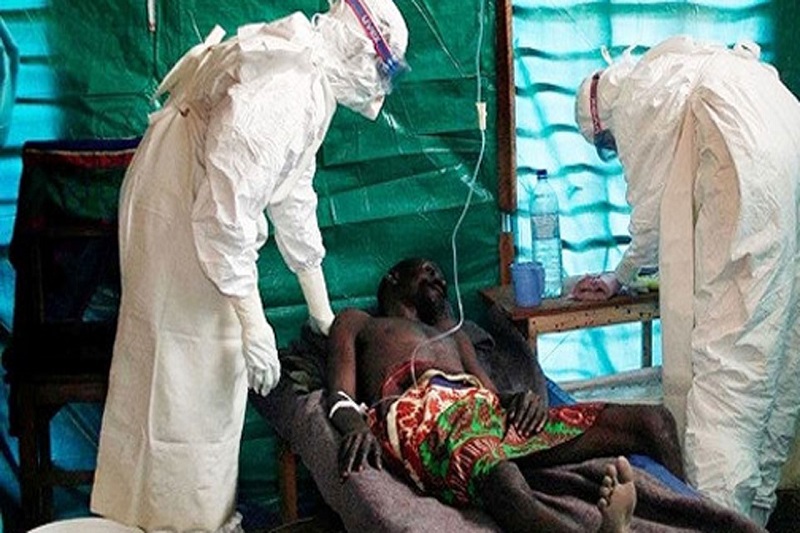The “outbreak” of the Marburg virus has reportedly caused the deaths of nine people in Equatorial Guinea, according to the country’s health minister and the WHO. The hemorrhagic fever has a mortality rate that is almost identical to that of Ebola. According to the country’s health minister, Equatorial Guinea has verified it’s first-ever outbreak of Marburg virus sickness, which resulted in the deaths of at least nine people in the province of Kie-Ntem, where the outbreak was initially discovered.
The World Health Organization (WHO) has confirmed that an outbreak has occurred in this surprisingly small country in Western Africa. “Investigations are still going on in further detail.” “In the districts that have been hit, advance teams have been sent in to track contacts, isolate persons who are exhibiting symptoms of the disease, and provide medical care to those people,” according to a statement issued by the WHO.
There have been nine confirmed fatalities and 16 probable cases reported up to this point, as stated by the WHO. Fever, exhaustion, blood-stained vomit, and diarrhea are some of the symptoms that have been observed thus far in patients.
Last week, the government of Equatorial Guinea made an announcement that it was conducting an investigation into the possible causes of multiple occurrences of hemorrhagic fever. However, the administration stated that only three people had displayed “mild signs” of the disease. The territory that was impacted was situated in a rural and forested area in the eastern part of the country, close to the borders of Gabon and Cameroon.
Related Posts
After talking with the WHO and the UN, Health Minister Mitoha Ondo’o Ayekaba said that a “health alert” had been issued for the province of Kie-Ntem and the nearby district of Mongomo and that a “lockdown plan” had been started.
The Ebola virus and the Marburg virus are both members of the same family of viruses known as filoviruses. The Ebola virus has been responsible for a number of devastating outbreaks on the African continent in the past. It is an extremely deadly infection that can cause severe fever, which frequently includes bleeding as one of the symptoms. It is common for the virus to attack multiple organs, which in turn limits the body’s ability to function normally on its own.
There are currently no approved vaccines or medications for the treatment of Marburg; however, the use of rehydration therapy to reduce symptoms can increase the likelihood of survival. The virus’s fatality rate can range from 24% to 88%, depending on the strain and how cases are handled. In 2004, there was an outbreak of the virus in Angola, and out of the 252 people who became sick, the virus took the lives of 90% of them. Marburg was responsible for the deaths of two people in Ghana in the previous year.
In 1967, the uncommon virus was discovered for the first time when it was responsible for simultaneous cases of sickness in research facilities located in Marburg, Germany, and Belgrade, Serbia. As a result of being exposed to the virus while performing research on monkeys, seven people lost their lives.
The African fruit bat is the natural carrier of the Marburg virus. Although it is infected with the virus, the African fruit bat does not become ill from it. However, the animals are capable of passing the virus to other primates, including humans, if they are in close proximity to one another. The transfer of the disease from one person to another then takes place through contact with blood or other bodily fluids.
Read More:- Match 7: South Africa vs New Zealand | Women’s T20 World Cup 2023

